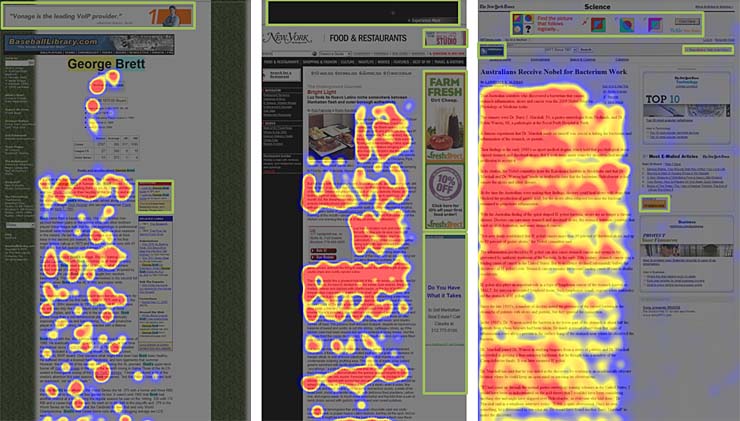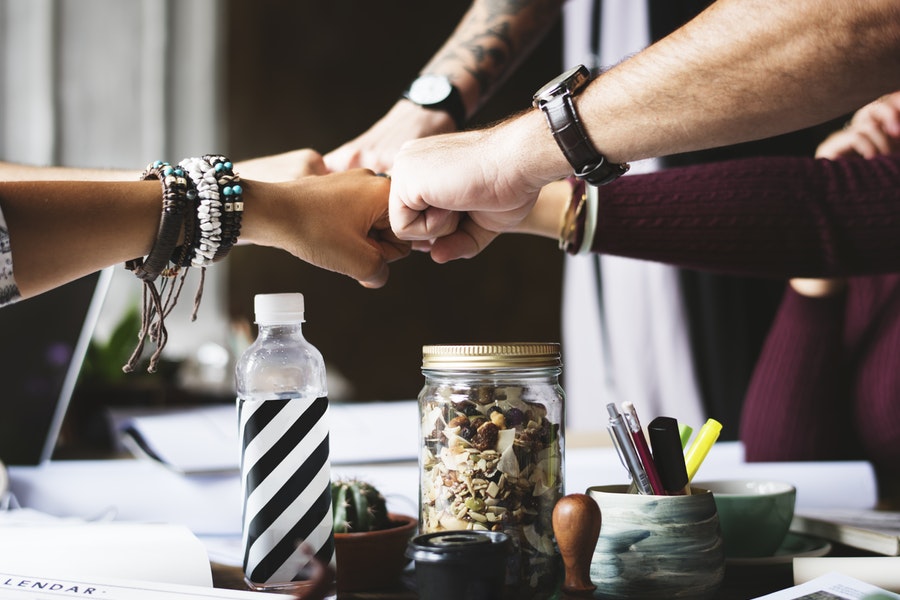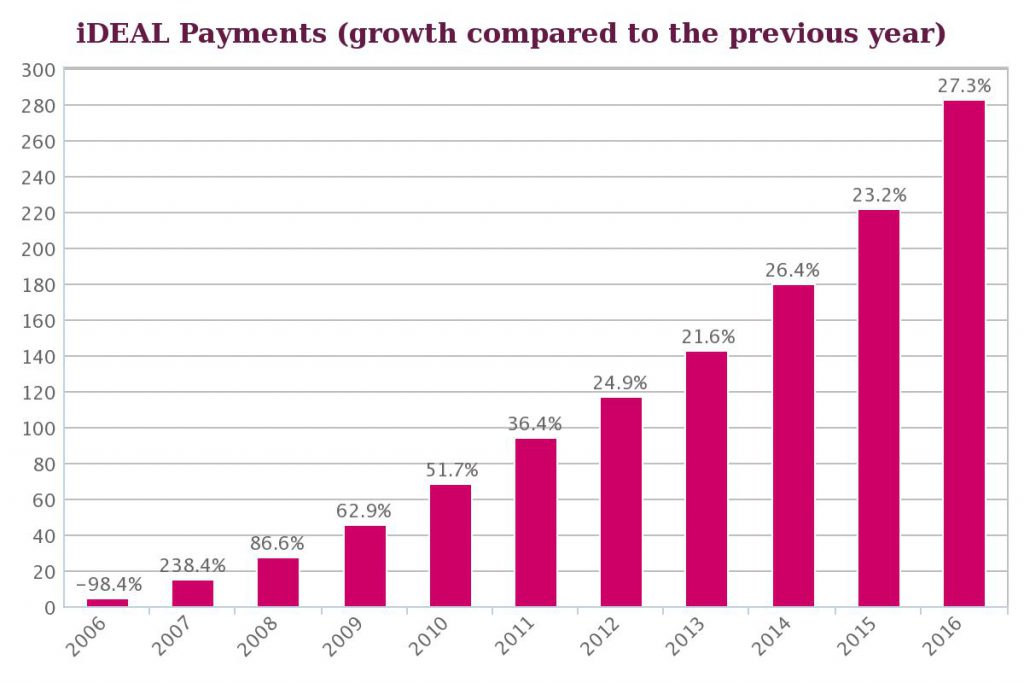…and a Happy New Year. My New Year’s resolution list (or revolution, as I like to call it) has “start doing sports” written all over it. But my new running shoes haven’t arrived yet, so I took some time to see how 2018 will look for professional sportsmen (and sportswomen, of course). Here are the main sports events you may want to take a look at (if you can find the time, of course) in 2018.
Australian Open 15.01-28.01
First major sports event of the year is Australian Open, one of the four tennis Grand Slams. 113 years old, the tournament is Australia’s biggest sports event (since 1988) and almost 3/4 million people watch it live every year. Reasons to watch it live you ask me? There are 25 C in Melbourne this time of year and they call it The Happy Slam. Do I need to say more?
Rugby six-nation Championship 03.02-17.03
Also known as the Northern Hemisphere Championship, Rugby Six Nation gathers the (yes, you guessed it!) six most important rugby nations north of the Equator. Originally started in 1883 as Home Nations Championship, a competition between England, Ireland, Scotland and Wales. Starting 1910 France joined the competition and was known as The 5 Nations Championship until 1999 when Italy joined in.
Super Bowl LII 04.02
The 52nd edition of North America’s most watched sports event will take place at U.S. Bank Stadium, Minneapolis.With a viewership of over 110 mil spectators (the 2015 edition was watched by over 114 million Americans), Superbowl is a leading attraction for advertisers. In 2017, 30 seconds of commercial advertising reached the stunning price of 5 million USD.
Winter Olympics 09.02-25.02
Held once every 4 years, Winter Olympics reunites the most important snow and ice sports. The 2018 edition, held in South Korea, will start with delegates from 90 countries that will compete in 15 disciplines. If you plan to watch this year’s edition you should know that South Korea is 9 hours ahead of London and 14 ahead of New York.
NBA All-Star Game 18.02
Probably the most famous basketball game in the world, NBA All-Game is the event where best the players from the Western Conference face the best form the Eastern one. The 67 edition will take place in Los Angeles, on the 18th of February. Is the West able to reduce the gap or the East will gain its 38th victory?
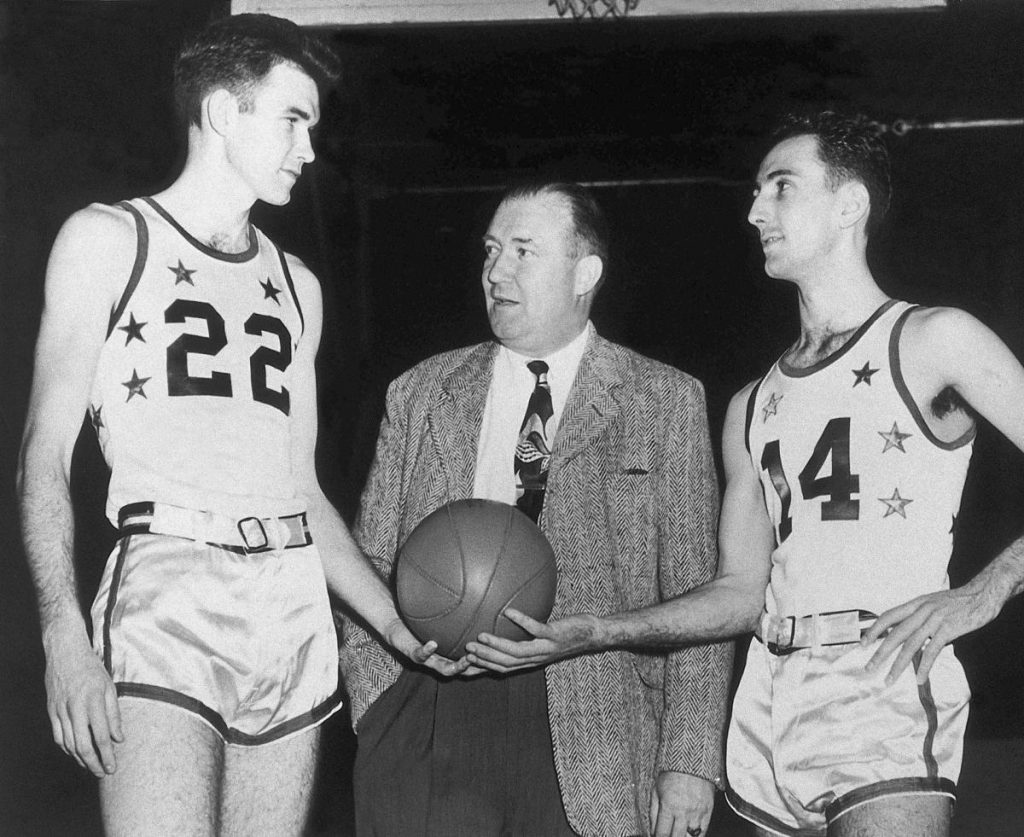
start of the first ever NBA All-Star Game source: nydailynews.com
Roland Garros 21.05-10.06
The French Open, the second Grand Slam tournament of the year, has a history of over 125 years. Named after the famous French aviator, Roland Garros is the only Grand Slam tournament played on clay, making the matches extremely dramatic. It’s also the only Grand Slam where the main court has no retractable roof and where finals can still be interrupted by rain (reason for which it has been called “the toughest slam of all“).
UEFA Champions League Final 26.05
The UEFA Champions League Final is one of the most watched sports events, with over 300 million viewers every year. The 2018 event will take place in Kiev, Ukraine, and approx. 70.000 people will enjoy the show live. Interesting fact about UCL? Although it’s considered the most important trophy in club level football no non-European coach has ever won the trophy.
Fifa World Cup 14.06-15.07
The next major sports event is still in football, and it also takes place in Eastern Europe. The FIFA World Cup, the most important trophy in football takes place in Russia. The competition starts on June 14 and the final will take place a month later, at Moscow’s Luzhniki Stadium. Germany is considered to be the main title contestant, but France and Brazil are also credited with good chances of winning the Trophy.
Wimbledon 02.07-15.07
Wimbledon is home to the most prestigious tennis tournament. Starting July the 2nd world’s best tennis players will compete on the British grass. Interesting fact: The oldest tennis tournament in the world hasn’t had a British winner of the Women’s Single competition in over 40 years (since 1977, when Virginia Wade won the title).
Tour de France 07.07-29.07
Do you need a full recharge? Try spending a few hours watching Tour de France. Beautiful landscapes, happy people, small towns where time seems to slow down. La Grande Boucle was first staged in 1903 and, through years, it has become the most important bicycle race. Sportsmen pedal over 2200 miles (3500 km) in this 3 weeks, and that’s almost like going from NYC to Ciudad de Mexico. On a bike.
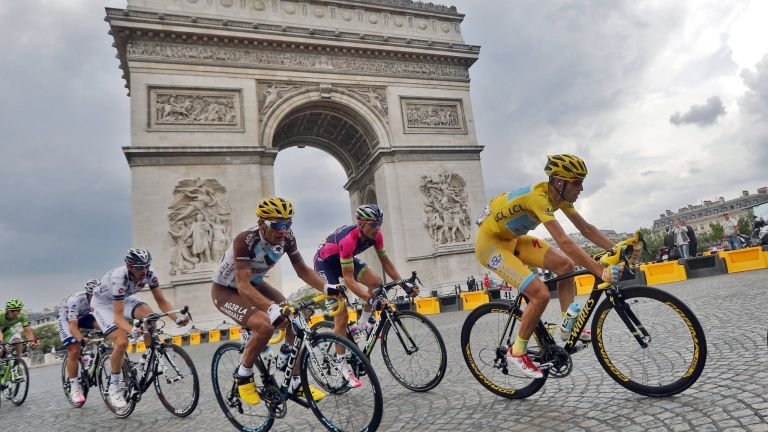
source: skysports.com
Rugby Championship 18.08-06.10
Almost everybody has heard of the Tri-Nations Cup, the most important Rugby Championship in the Southern Hemisphere. The Tournament started in 1996 and it faced New Zealand (All Blacks), Australia (Wallabies), and South Africa (Springboks) in some of the most clenched rugby matches ever played. Argentina joined the tournament in 2012 so the Tri-Nations Cup changed its name to Rugby Championship. All Blacks have won the tournament 15 times (10 times in the Tri-Nations format) and is the team with the most trophies.
The US Open 28.08-10.09
The American Open is the last of the 4 Grand Slam tournaments, taking place at the start of September. And what could be more beautiful than autumn New York? The tournament has a history of 137 years and it is the first important tennis tournament that has awarded equal prize money to the winners of the single’s championship (men and women), over 45 years ago.
With millions of attendees and hundreds of millions of viewers (even billions for the World Cup Final), these sporting events can teach us all one or two things about event planning. Even for those event planners that are not so much into sports, this list can be used as a starting point when looking for great “study cases” of great events.

